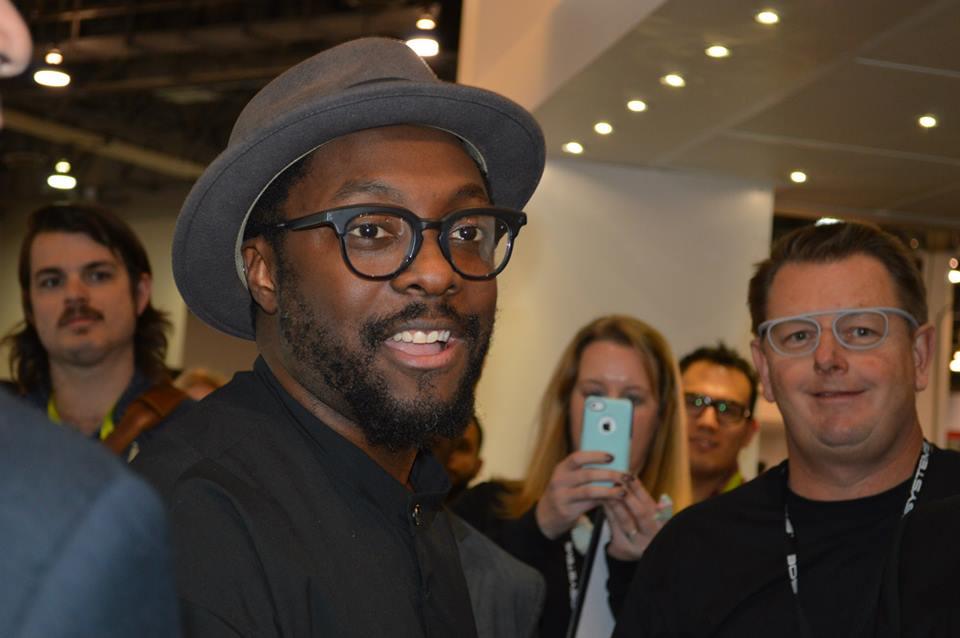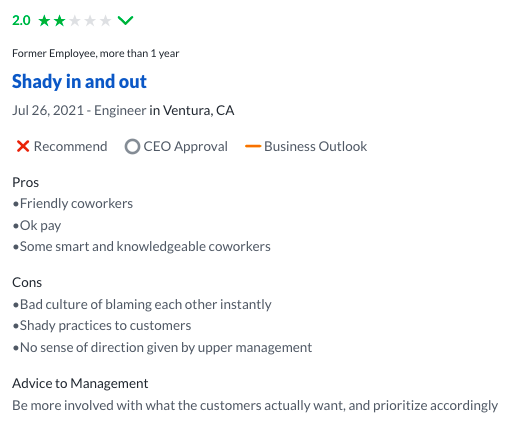In an economic downturn, it’s not surprising to see businesses scale down their workforce, despite the potential for saving staff at the expense of management pay. In fact, more than half of respondents surveyed by PwC said that layoffs were in the works. When they occur in the wake of rapid growth, however, the result is a roller coaster for displaced employees taken by surprise. That seemed to be the case for former leaders at Nexa3D, the California-based startup attempting to advance the throughput of 3D printing with new vat photopolymerization and powder bed fusion systems.
In less than a year, Kristin Mulherin, former vice president of Powder Bed Solutions, and Sarah Goehrke, former senior director of Strategic Communications and Ecosystems, were let go from their positions at the company. Other employees dropped by Nexa3D include applications engineers Mayur Narkhede and Soham Wadnap, as well as Anastasia Grinkevich, an applications developer. Ron Furmaniuk, a Channel Marketing Manager who previously worked at Dassault Systèmes for nearly a decade, was laid off after only four months with the startup.
When reached for a comment, Reichental told 3DPrint.com:
“First, I am very proud of all of our Nexers and what we have been able to accomplish in a very short amount of time. None of that would’ve been possible without the talent, commitment, and passion of our incredible team. But as much success as we have enjoyed in a short amount of time, we are not immune to the unprecedented economic cycles and persisting macroeconomic uncertainties, which compelled us to shift our focus and future proof our business for years to come.
“Sadly, this shift in focus drove the need to eliminate a few roles that were not aligned with the new direction. Without a doubt, the most difficult, challenging and painful part of our journey is parting ways with amazing teammates who helped us get to where we are today, and for whom we are forever grateful for their invaluable contributions. Each and everyone of them will be a great find for others in our industry and beyond, and we will do whatever we can to help them find their next calling.
Based on their social media posts announcing the lay-offs, the staff seemed to have been caught off guard by the sudden change of employment status. Rapid firing is, however, not entirely out of the ordinary for Nexa’s CEO, Avi Reichental, who left his former company, 3D Systems, after shuttering business divisions and letting workers go.
Expedited Growth
Given this track record, there were doubts about whether or not Nexa was growing too fast. In addition to the numerous hires that went along with Goehrke in October 2021 and Mulherin in January 2022, the company was quick to increase its marketing presence. Nexa maintained one of the largest booths at RAPID+TCT 2022, despite its comparatively small size alongside GE, Materialise, and others. Including booth space, staff, travel, hotels, and the like, such a show could cost from $250,000 to $350,000. That’s salary for at least two AM engineers for a year.
Moreover, it had taken on projects that seemed beyond its financial grasp, such as factory automation. Nexa was in the process of researching the use of conveyance robots to move parts across the factory floor. Ostensibly showcasing these efforts, the company published video of a pricey Spot system from Boston Dynamics performing print removal. Less flashy robots can serve the same purpose, but lack the same visual appeal.
While a five-axis arm can probably be purchased for $20,000 to $30,000 and an autonomous guided vehicle for shuttling printed items around the floor might cost $20-25,000, depending on the payload, Spot is available in the higher $75,000 range, without the same practical utility or industrial scalability. Whether the company acquired a Boston Dynamics bot or was simply testing it, the purchase of such a device would equal the annual salary of a full-time employee.
Marketing over Substance
Nexa3D CEO Avi Reichental is known for flashy marketing campaigns, such as the Spot robot. As CEO of 3D Systems, at the height of the consumer 3D printing bubble in January 2014, his company took on celebrity musician will.i.am as Chief Creative Officer. Meanwhile, it presented numerous 3D printers that would never make it to market, including a low-cost, full-color binder jet machine, a ceramic 3D printer, and a couple of food printing systems.
 will.i.am at the 3D Systems booth at CES 2014.
will.i.am at the 3D Systems booth at CES 2014.A little over a year later, 3D Systems stock had tanked, leading to a class action lawsuit on behalf of stockholders that claimed the company had violated the Securities Exchange Act of 1934. Scott+Scott, Attorneys at Law, LLP argued that 3D Systems drove up its stock by making false and misleading statements related to its “(i) ability to increase the capacity of its metal printing business; (ii) demand for its consumer products; (iii) the value of multiple companies it was acquiring; and (iv) expected earnings.”
By October 28, 2015, the company shut down a facility with between 80 and 120 workers in Andover, Massachusetts. The next day, Reichental stepped down from his role as CEO.
Employee Sentiment
While Nexa was growing, I routinely asked employees if they believed Reichental’s management style had changed. They had suggested that it had. At 3D Systems, employees had complained about micromanagement and nepotism toward his children. At Nexa, the story was different. He was said to have listened to his workers’ concerns with no signs of a toxic environment.
Reviews for Nexa on Glassdoor are mostly positive, but there are six that suggest all was not right with the startup. A one-star rating from February 2021 left little insight into the company’s inner workings, except to say that “the management has no integrity.”
Of course, every business has its fair share of negative reviews, some of which are surely warranted and others that are baseless. Like the individuals I spoke to personally, there are workers that believed in and continue to believe in the company.
However, the firing of such high-profile employees may tarnish the company’s reputation. By taking on Mulherin, the President of Women in 3D Printing (Wi3DP), and Goerhke, the organization’s head of Diversity, Equity, and Inclusion (DEI), Nexa may have unintentionally garnered a reputation as a feminist- or diversity-friendly group. By letting them go, could the reputation be reversed?
“In the case of prominent members of the Women in 3D Printing, first, I think it’s important to underscore that we hire based on skills and qualifications, guided by DEI principles, and not based on industry affiliations,” Reichental told us. “That said, we are extremely proud of our highly diverse team and are fully committed to support and stand behind the mission of Women in 3D Printing as well as other leading organizations seeking to further diversify and make our industry mirror the world we live in.”
The Next Stage for 3D Printing Firms and Employees
Nevertheless, fired employees have to struggle to find new income with which to support their families. As difficult as it is for a startup to maintain stability amid an economic downturn, it is that much harder for ordinary individuals.
A startup doesn’t have the same luxury as the $13B Mondragon Co-Operative Corporation, which opts to relocate workers from one area of the business to another, rather than fire them. This allowed the Spanish company to survive the 2008 financial crisis. In 2013, Mondragon’s largest manufacturing company went bankrupt. Rather than let go of its staff, the employee-owners voted to take small pay cuts and relocate 2,000 workers across the larger business group.
As 3DPrint.com Executive Editor Joris Peels noted in a recent PRO article, the fact that the sector’s momentum has slowed down within a global economy mired in crisis means many AM firms will seem overvalued. In turn, larger and/or more successful 3D printing companies will be able to scoop up those that are floundering.
Subscribe to Our Email Newsletter
Stay up-to-date on all the latest news from the 3D printing industry and receive information and offers from third party vendors.
You May Also Like
3D Printing News Briefs, April 13, 2024: Robotics, Orthotics, & Hypersonics
In 3D Printing News Briefs today, we’re focusing first on robotics, as Carnegie Mellon University’s new Robotics Innovation Center will house several community outreach programs, and Ugogo3D is now working...
Rail Giant Alstom Saves $15M with 3D Printing Automation Software 3D Spark
3D Spark has entered into a three-year deal with the rail giant Alstom. Alstom, a transport behemoth with annual revenues of $16 billion, specializes in the manufacture of trains, trams,...
Meltio Expands Global Reach with New Partnerships in the Americas and Europe
Spanish 3D printing manufacturer Meltio has expanded its sales network across the globe. With the addition of three new partners in the United States, Brazil, Argentina, and Italy, Meltio aims...
3D Printing Webinar and Event Roundup: April 7, 2024
Webinars and events in the 3D printing industry are picking back up this week! Sea-Air-Space is coming to Maryland, and SAE International is sponsoring a 3D Systems webinar about 3D...
































